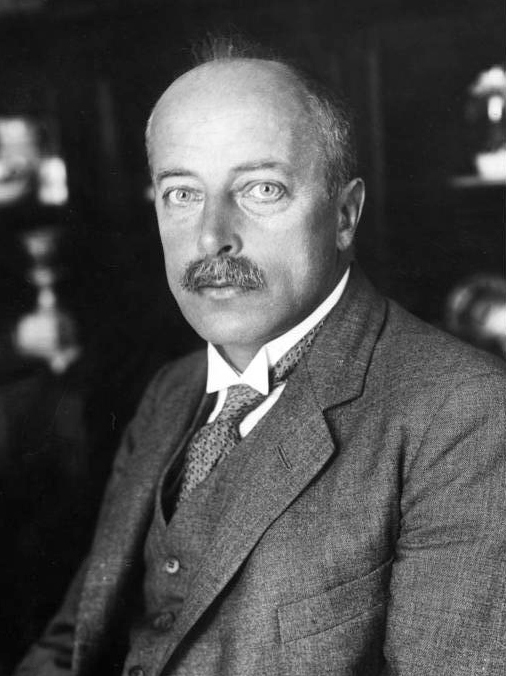For as long as one has no further point of reference, apart from the position of the maximum, the wavelength thus remains uncertain by an integral factor.

About Max von Laue
Max Theodor Felix von Lauewas a German physicist who received the Nobel Prize in Physics in 1914 for his discovery of the diffraction of X-rays by crystals.
In addition to his scientific endeavors with contributions in optics, crystallography, quantum theory, superconductivity, and the theory of relativity, Laue had a number of administrative positions which advanced and guided German scientific research and development during four decades.
More quotes from Max von Laue
There is no doubt that I, also, had long been aware of the problem, i.e. producing X-ray interferences, before the inherent difficulties had finally been surmounted.
German physicist, Nobel laureate and anti-Nazi
For as long as one has no further point of reference, apart from the position of the maximum, the wavelength thus remains uncertain by an integral factor.
German physicist, Nobel laureate and anti-Nazi
For both reasons, owing to the thermal motion and to the working together of various wavelengths, factors arise which, in a similar manner to the structural factor, exert some influence upon the brightness of the interference points but not upon their location.
German physicist, Nobel laureate and anti-Nazi
For in 1900 all electromagnetic radiation of longer wavelengths was already known at least to the extent that one could not seek in it the more striking characteristics of X-rays such as, for example, the strong penetrating power.
German physicist, Nobel laureate and anti-Nazi
Notwithstanding these major arguments the wave theory initially did not meet with complete acceptance.
German physicist, Nobel laureate and anti-Nazi
If diffraction or interference phenomena were to be sought it was therefore necessary, in accordance with the basic principles of wave theory, to select for the test arrangement far smaller decisive dimensions than those employed in corresponding tests with visible light.
German physicist, Nobel laureate and anti-Nazi